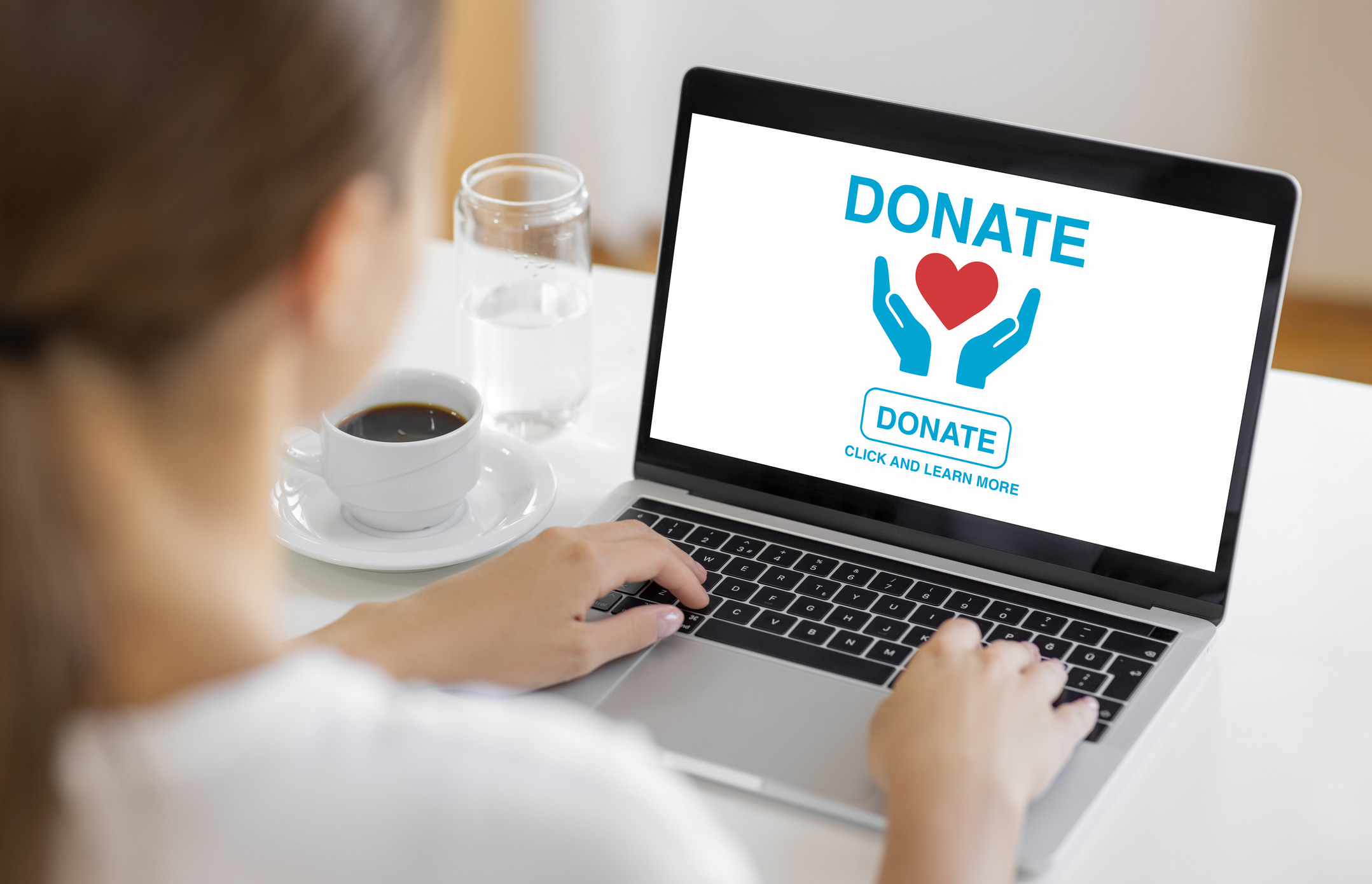Pension Payments or Lump Sum? Take Your Time to Get It Right
The choice you make today will affect your retirement for years to come.


Employer-sponsored pension plans have become an endangered species, but it wasn’t always this way. Back in the mid-1970s, nearly 90% of workers in the private sector who had access to an employer-sponsored retirement plan had a pension.
Many of those fortunate workers are baby boomers who are now nearing retirement or just entering it, and they have some big decisions to make about their pension payouts. Thus, it’s vital they get sound advice from a qualified adviser if they have the opportunity to choose whether to receive their pension in monthly installments over the rest of their life or to take a one-time lump-sum payment.
Risks of Monthly Payments
A typical scenario might find a couple coming into my office with a pension from a large company such as Ford or General Motors, and they have been offered a one-time lump-sum payment of around $1 million or lifetime payments of $5,000 a month. To see which makes more sense for them, the first step is to determine their retirement needs and goals and how the pension applies to them. For example, let’s say you gave me $1 million and I said I’ll give you $5,000 a month for the rest of your life — but if you and your spouse happen to get run over by a truck, you’re going to agree I can keep the remaining balance.
From just $107.88 $24.99 for Kiplinger Personal Finance
Become a smarter, better informed investor. Subscribe from just $107.88 $24.99, plus get up to 4 Special Issues

Sign up for Kiplinger’s Free Newsletters
Profit and prosper with the best of expert advice on investing, taxes, retirement, personal finance and more - straight to your e-mail.
Profit and prosper with the best of expert advice - straight to your e-mail.
That’s what the pension holder’s company is going to do; that’s part of the agreement. Choosing the monthly payments in that worst-case scenario doesn’t turn out to be a good deal for the couple from a legacy standpoint — the amount they can leave to their heirs. It also restricts them on the health side; for example, if they want to dip into the money to help pay for an unexpected long-term care expense.
Risks of a Lump Sum
Of course, the biggest risk with a lump-sum distribution — be it from a pension or 401(k) — is that sometimes it doesn’t last through retirement. People miscalculate their retirement needs or mismanage the money. A survey by MetLife showed that about one-fifth of retirement-plan participants surveyed who received pensions or 401(k)s as lump sums depleted that money in an average of about five years. So, if you are not studious with money, it may be a better option to keep the pension as a monthly payment or put the lump sum into an annuity, which can provide a guaranteed payment stream for life.
Some people put money from their pension lump sum into the stock market, and that can be risky. If the market experiences another decade like the years 2000 to 2009, they’re more likely to run out of money during their lifetime.
Some Factors to Consider
Having a guaranteed source of income that goes alongside Social Security is important, especially because we’re living so much longer now. In deciding how to take a pension — lump sum or monthly distributions — knowing your expenses and your health status is key to the equation.
When you opt for monthly payments, you’re betting on living a long time, and wealth transfer may not be as much of a concern for you, because whatever balance is left over is going to go to the pension company when you pass away. So, if you’re determined to leave your money — your legacy — to your children or grandchildren, you would probably want the lump sum.
With proper planning, you might be able to structure the pension lump sum to provide increasing income to offset inflation, or additional income to help offset future long-term care costs. For example, if you’re allocating a portion of the lump sum into an annuity that provides a guaranteed monthly income, there are features that could enhance that income stream in the event of a long-term care event. With a lump-sum pension distribution, you could have not only a guaranteed source of income but also a chance of customizing this “pension” inside of your plan.
5 Questions to Ask
It’s not every day that you have to make a million-dollar decision. When you receive a pension buyout offer, here are the five critical questions to begin thinking about:
- How is my health and my spouse’s health? In other words, how long might I live?
- How much do I want to leave my beneficiaries (children, grandchildren, charity, etc.)?
- Am I concerned about the strength of the company offering the pension?
- Do I want to customize my pension payments? This could be spending more in the early years of retirement or providing additional income for long-term care as previously mentioned.
- If something were to happen to me, will my spouse have enough income?
Most importantly, as you’re pondering these questions, it’s important not to rush this decision. Seek out professional help. To get true and unbiased advice, we recommend seeking help from a Registered Investment Advisory firm or CERTIFIED FINANCIAL PLANNERTM, as they are required to act in a fiduciary capacity, meaning any recommendations must be in your best interest.
Dan Dunkin contributed to this article.
Profit and prosper with the best of Kiplinger's advice on investing, taxes, retirement, personal finance and much more. Delivered daily. Enter your email in the box and click Sign Me Up.

Richard W. Paul is the president of Richard W. Paul & Associates, LLC, and the author of "The Baby Boomers' Retirement Survival Guide: How to Navigate Through the Turbulent Times Ahead." He holds life and health insurance licenses in Michigan and Florida and is a Certified Financial Planner, Registered Financial Consultant, Investment Adviser Representative and insurance professional.
-
 The Retirement Donor's Checklist: Key Deadlines by Gift Type
The Retirement Donor's Checklist: Key Deadlines by Gift TypeRetirees have some charitable contribution options that can help avoid spikes in income from RMDS and capital gains.
-
 Cooler Inflation Supports a Relief Rally: Stock Market Today
Cooler Inflation Supports a Relief Rally: Stock Market TodayInvestors, traders and speculators welcome much-better-than-hoped-for core CPI data on top of optimism-renewing AI earnings.
-
 Are T-Mobile's Prepaid Perks a Home Run or a Strikeout?
Are T-Mobile's Prepaid Perks a Home Run or a Strikeout?T-Mobile's prepaid lineup promises MLB.TV, T-Mobile Tuesdays and hotspot data. But do the perks make it worth switching?
-
 5 Smart Things to Do With Your Year-End Bonus, From a Financial Professional
5 Smart Things to Do With Your Year-End Bonus, From a Financial ProfessionalAfter you indulge your urge to splurge on a treat, consider doing adult things with the extra cash, like paying down debt, but also setting up a "fun fund."
-
 Are You a Gen X Investor? Here's How You Can Protect Your Portfolio From an AI Bubble
Are You a Gen X Investor? Here's How You Can Protect Your Portfolio From an AI BubbleAmid talk of an AI bubble, what's the best course of action for investors in their 50s and 60s, whose retirement savings are at risk from major market declines?
-
 Hey, Retirees: Put Your Charitable Gifts in a Donor-Advised Fund (and Enjoy Your Tax Break)
Hey, Retirees: Put Your Charitable Gifts in a Donor-Advised Fund (and Enjoy Your Tax Break)A donor-advised fund is a simple (really!), tax-smart strategy that lets you contribute a large, tax-deductible gift now and then distribute grants over time.
-
 If You're a U.S. Retiree Living in Portugal, Your Tax Plan Needs a Post-NHR Strategy ASAP
If You're a U.S. Retiree Living in Portugal, Your Tax Plan Needs a Post-NHR Strategy ASAPWhen your 10-year Non-Habitual Resident tax break ends, you could see your tax rate soar. Take steps to plan for this change well before the NHR window closes.
-
 Could Target-Date Funds With Built-In Income Guarantees Be the Next Evolution in Retirement Planning?
Could Target-Date Funds With Built-In Income Guarantees Be the Next Evolution in Retirement Planning?With target-date funds falling short on income certainty, retirement plans should integrate guaranteed income solutions. Here is what participants can do.
-
 Your Year-End Tax and Estate Planning Review Just Got Urgent
Your Year-End Tax and Estate Planning Review Just Got UrgentChanging tax rules and falling interest rates mean financial planning is more important than ever as 2025 ends. There's still time to make these five key moves.
-
 What Makes This Business So Successful? We Find Out From the Founder's Kids
What Makes This Business So Successful? We Find Out From the Founder's KidsThe children of Morgan Clayton share how their father's wisdom, life experience and caring nature have turned their family business into a respected powerhouse.
-
 Past Performance Is Not Indicative of Your Financial Adviser's Expertise
Past Performance Is Not Indicative of Your Financial Adviser's ExpertiseMany people find a financial adviser by searching online or asking for referrals from friends or family. This can actually end up costing you big-time.